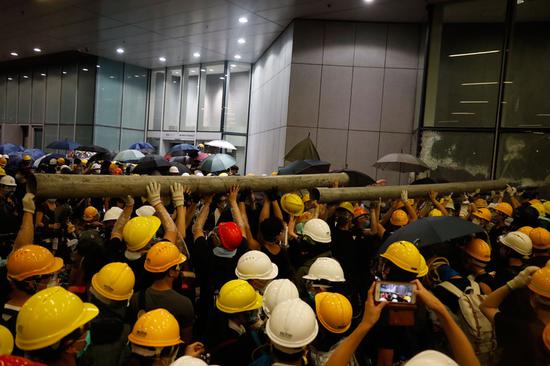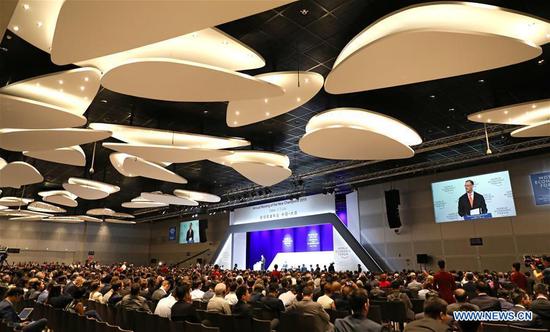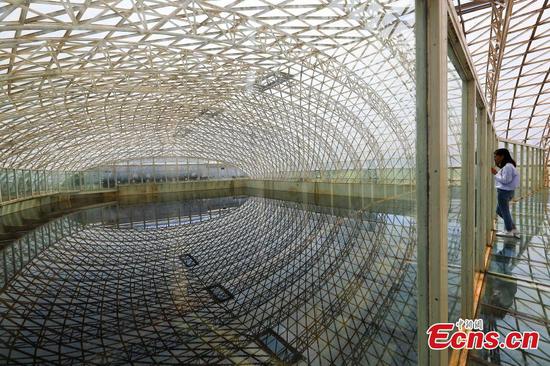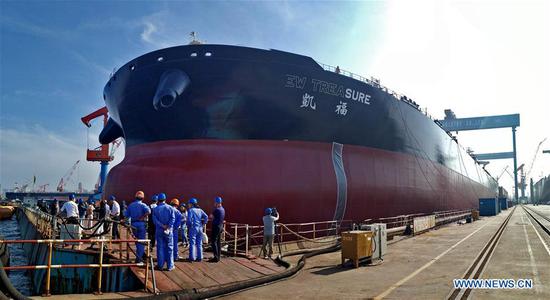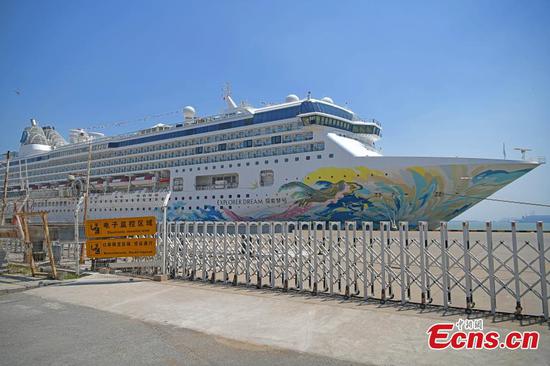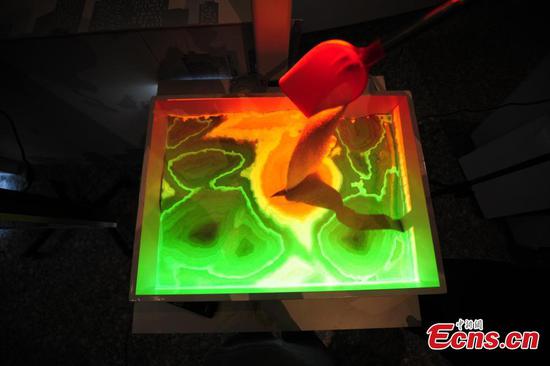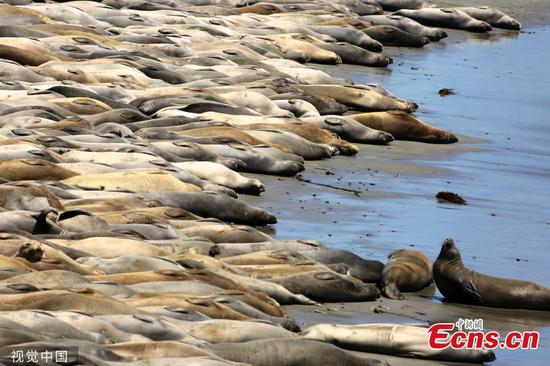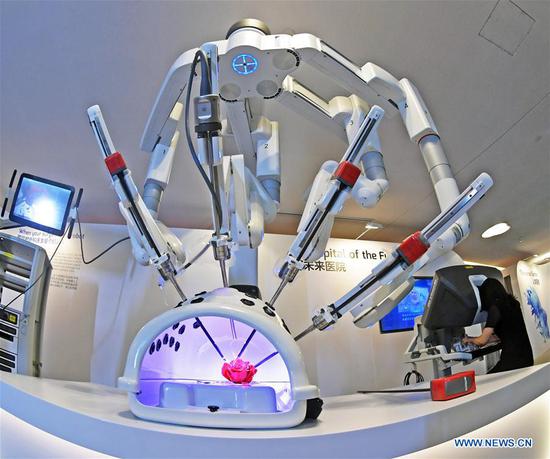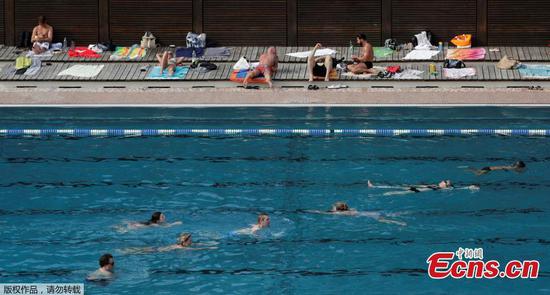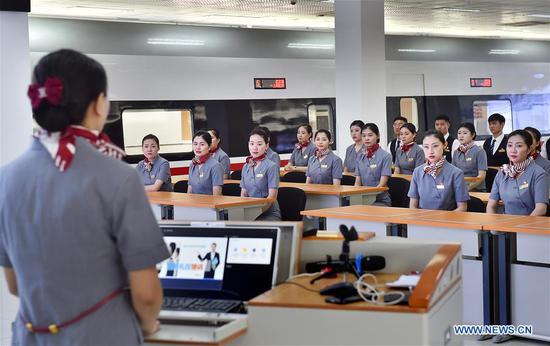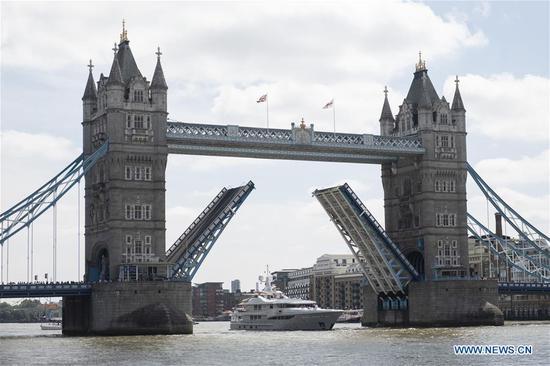Last year, China's per-capita gross national income (GNI) hit $9,732, higher than that of middle income countries, according to a report released by the National Bureau of Statistics Monday.
This year marks the 70th anniversary of the founding of the People's Republic of China. Over the past seven decades, China's national economy maintained rapid growth, with a tangible rise in its economic aggregate, the report said.
The report, which elaborates economic and social development achievement since the founding of New China 70 years ago, showed China's GDP was 67.9 billion yuan in 1952, with per-capita GDP of 119 yuan. In 1978, China's GDP rose to 367.9 billion yuan, accounting for 1.8 percent of the global economy and ranking No 11 in the world.
Since the country began to implement reform and opening-up in 1978, China's economy has maintained rapid growth. Its economic aggregate surpassed 1 trillion yuan in 1986 and 10 trillion yuan in 2000, becoming the sixth-largest economy in the world. In 2010, China's economic aggregate was 41.21 trillion yuan, overtaking Japan to become the second-largest economy.
Over the past three years, China's economic aggregate has topped 70 trillion yuan, 80 trillion yuan and 90 trillion yuan, respectively. Last year, China's economic aggregate reached 90.03 trillion yuan, accounting for nearly 16 percent of the global economy, while its per-capita GNI reached $9,732, higher than the average level of middle income countries.
China's financial strength has also improved greatly, with big increase in foreign reserves. In 1950, China's fiscal revenue was only 6.2 billion yuan, and the figure rose to 113.2 billion yuan in 1978.
Since the country began its reform and opening-up, China has seen a surge in fiscal revenue. In 1999, China's national fiscal revenue exceeded 1 trillion yuan for the first time, and reached 11.72 trillion yuan in 2012, and 18.34 trillion yuan in 2018. Between 1951 and 2018, China registered an average annual growth of 12.5 percent in fiscal revenue, providing strong capital guarantee to promote economic development and improve people's livelihood.
Since the reform and opening-up, China's foreign exchange reserves have showed stable growth. As of 1978, the figure stood at $167 million, ranked 38th in the world. By the end of 2006, China's foreign reserves surpassed $1 trillion and become the world's largest. The figure was $3.07 trillion as of the end of last year, ranking at the top worldwide for 13 consecutive years.
Industrial structure continued optimization and upgrade over the past 70 years. At the early stage of the founding of the country, China's agricultural production has weak bases, with lower grain output. Since the reform and opening-up, the agricultural economy witnessed rapid development. In 2012, China's total grain output rose to 612.23 million tons from 304.77 million tons in 1978, while the total output value of agriculture, forestry, animal husbandry and fishery increased to 8.63 trillion yuan from 139.7 billion yuan.
Meanwhile, China's industrial system gradually improved, with several industrial products' production ranking first in the world. The founding of New China marked the launch of industrialization, and China's industrial development entered the takeoff period after the reform and opening-up.
Between 2013 and 2018, the added value of high technology industry and equipment manufacturing industry registered average annual growth of 11.7 percent and 9.5 percent, respectively. Compared with 1949, China's raw coal production increased by 114-fold to 3.68 billion tons last year, while steel production rose by 8,503-fold to 1.11 billion tons.
The electronic information industry emerged and experienced rapid development. In 2018, the output of mobile communication handset and microcomputer equipment reached 1.8 billion and 310 million units, respectively.
The burgeoning service industry continually meets the needs of production and people's life, the report said. Last year, the added value of the tertiary industry stood at 46.96 trillion yuan, more than 51 times the number in 1978, with average annual growth of 10.4 percent. The transportation industry, wholesale and retail, real estate sector and financial industry registered an average annual growth of 9 percent, 10.1 percent, 10.3 percent and 12 percent, respectively, in added value.










